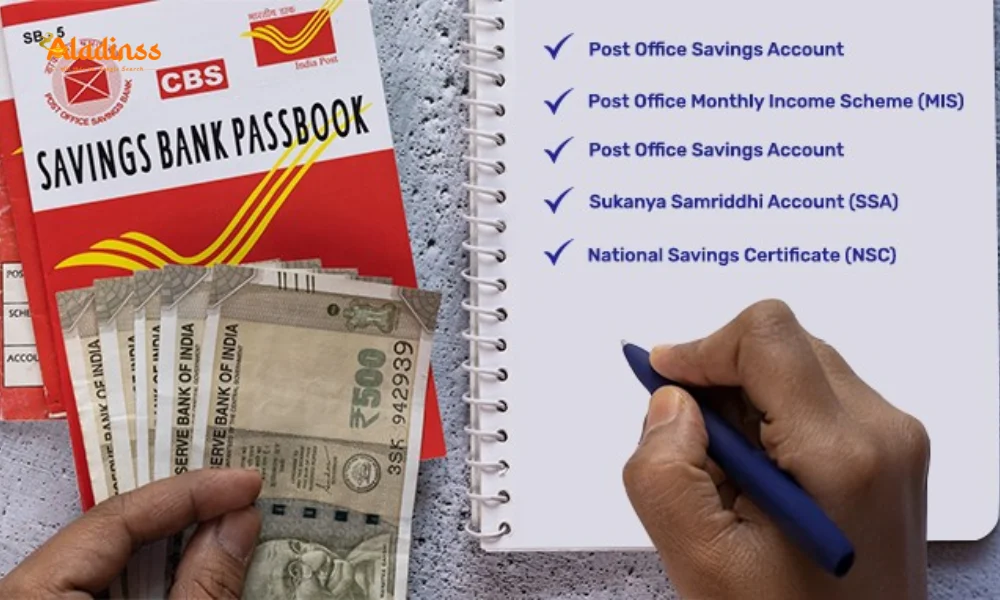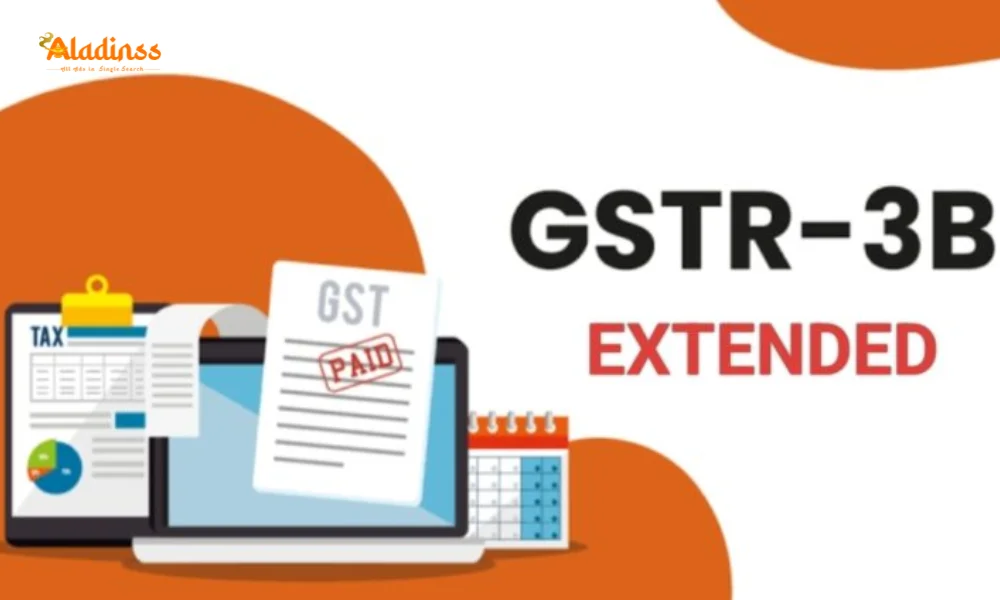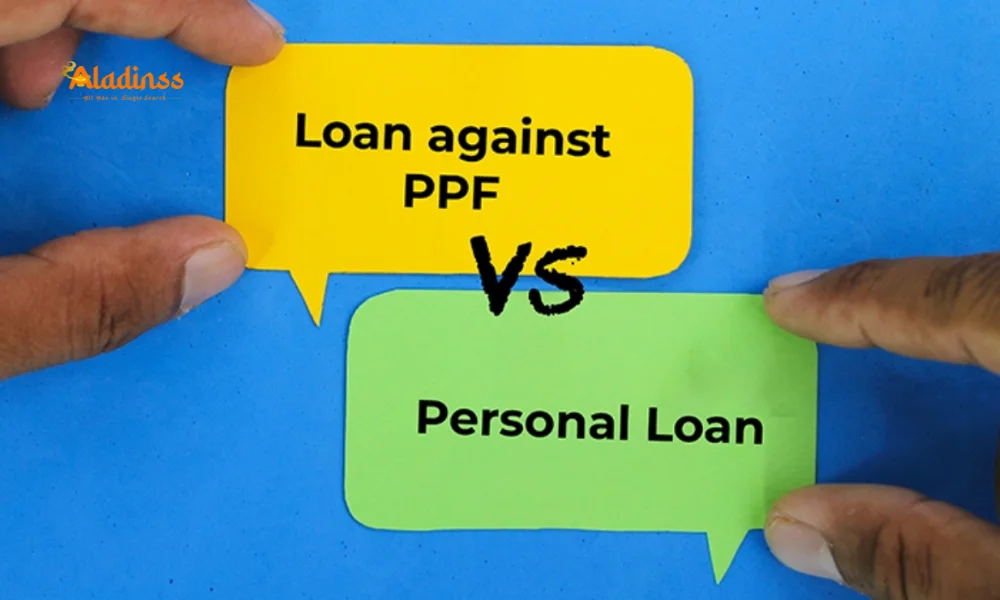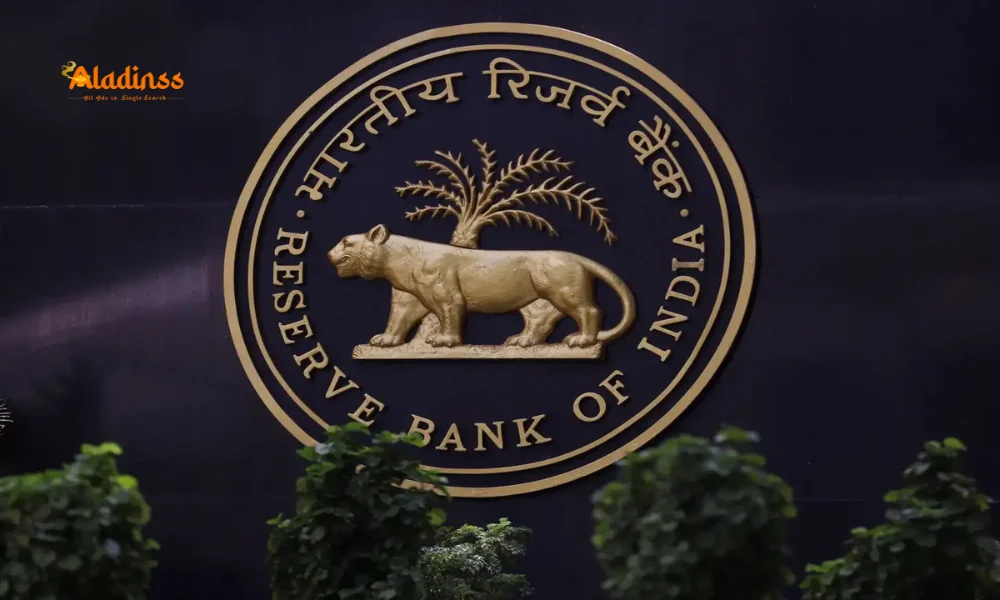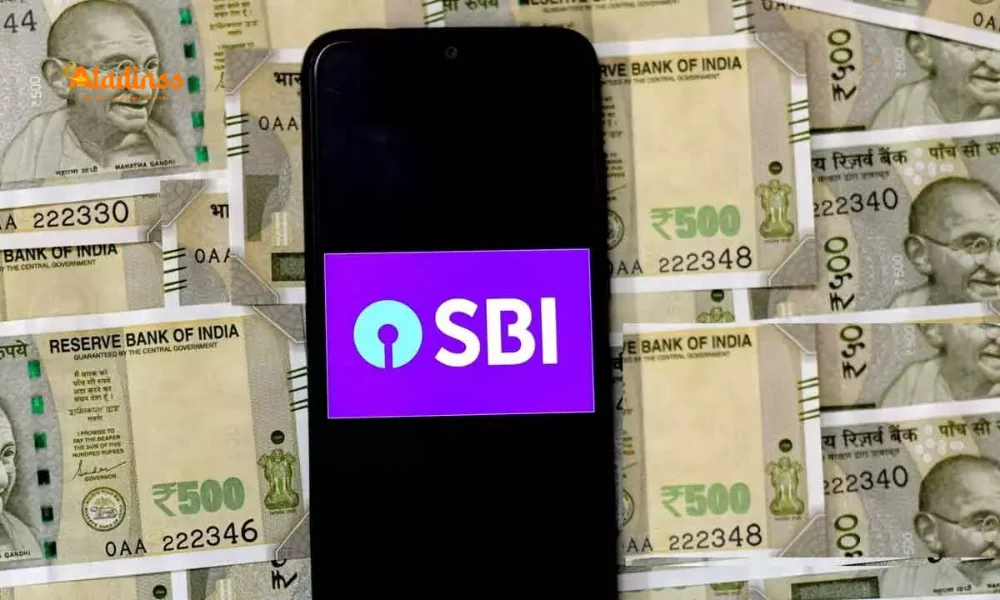ATM Cancel Button Myth: Does It Protect Your PIN?
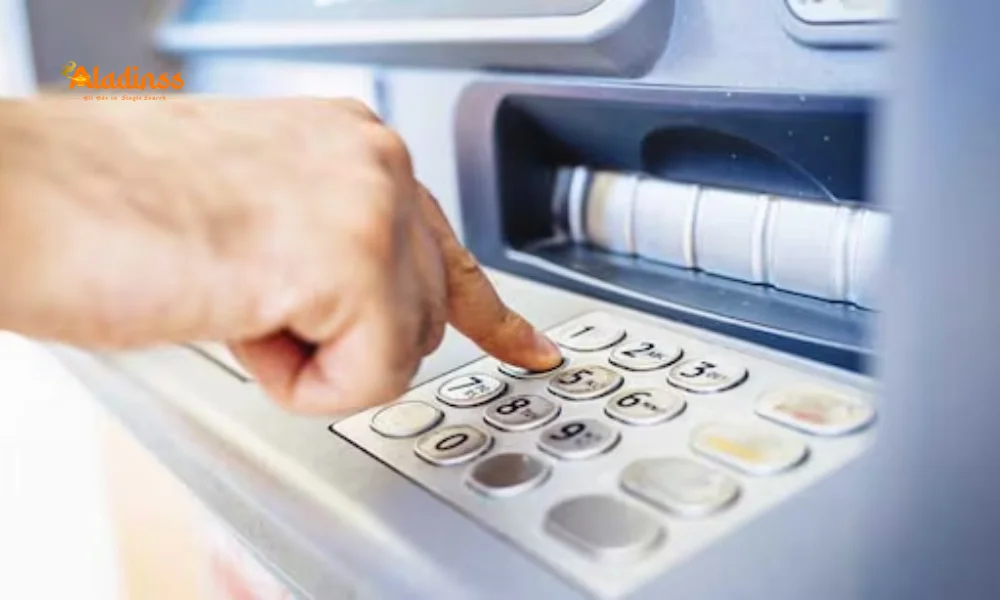
Does Double-Pressing the ATM Cancel Button Protect Your PIN? The Truth Revealed
A persistent myth has circulated among ATM users in India: double-pressing the ‘Cancel’ button before entering a PIN can safeguard it from theft. This belief, which gained traction through social media and word-of-mouth in 2022 and 2023, continues to mislead people in 2025. However, the Press Information Bureau (PIB) and the Reserve Bank of India (RBI) have debunked this claim, confirming that pressing the ‘Cancel’ button twice offers no additional security for your ATM PIN. This article explores the origins of this misconception, the actual function of the ‘Cancel’ button, common ATM fraud tactics, and practical tips to ensure safe transactions, providing a comprehensive guide to staying secure at ATMs.
The Myth of Double-Pressing the Cancel Button
The notion that pressing the ‘Cancel’ button twice before using an ATM can protect your PIN stems from viral messages claiming it resets the machine or prevents unauthorized access. These claims suggested that the action could thwart hacking attempts or clear any pre-recorded data from previous transactions. However, the PIB’s fact-check team clarified in 2023 that this practice has no technical basis and does not enhance PIN security. The RBI, which regulates banking and ATM operations, has also stated that it has never endorsed this method, labeling it as misinformation.
Despite the debunking, the myth persists, partly due to its simplicity and the public’s growing concern over ATM fraud. With over 2.5 lakh ATMs in India and rising incidents of cybercrime, users are understandably cautious. However, relying on ineffective measures like double-pressing the ‘Cancel’ button can create a false sense of security, diverting attention from proven safety practices. Understanding the actual function of the ‘Cancel’ button and the real threats to ATM security is crucial for users to protect their funds.
What Does the Cancel Button Actually Do?
The ‘Cancel’ button on an ATM is designed for a single purpose: to terminate an ongoing transaction. If a user begins a transaction—such as withdrawing cash, checking a balance, or transferring funds—but decides not to proceed, pressing ‘Cancel’ ends the session and returns the machine to its idle state. In some cases, pressing it multiple times ensures the transaction is fully aborted, particularly if the machine is slow or unresponsive. However, this action has no impact on the security of the PIN entry process or the machine’s vulnerability to external threats like skimming devices or hacking.
ATM PIN theft typically occurs through methods unaffected by the ‘Cancel’ button, such as skimming devices attached to the card slot, hidden cameras recording keypad inputs, or shoulder surfing by nearby individuals. Skimmers, for instance, are physical devices that capture card data when inserted, while cameras or keyloggers record PINs in real-time. These threats operate independently of the ATM’s transaction interface, rendering the double-press myth ineffective. Instead, users must adopt proactive measures to safeguard their transactions, focusing on physical and digital security practices.
Common ATM Fraud Tactics
ATM fraud has evolved with technology, and understanding the methods used by fraudsters is key to staying safe. Skimming remains one of the most prevalent techniques, where criminals attach a small device to the card slot to capture card details. These devices are often designed to blend seamlessly with the ATM, making them difficult to detect without close inspection. Hidden cameras, sometimes as small as a pinhole, are placed near the keypad or screen to record PIN entries. In some cases, fraudsters use keypad overlays that log keystrokes, compromising the PIN even if the user covers the keypad.
Another tactic is shoulder surfing, where a fraudster stands nearby to observe the PIN entry. More sophisticated attacks involve malware or hacking into ATM software to manipulate transactions or dispense cash without authorization. In 2024, the RBI reported a 20% increase in ATM-related fraud complaints, with losses amounting to Rs 100 crore annually. These threats highlight the need for vigilance, as myths like the ‘Cancel’ button trick offer no protection against such advanced techniques. Users must focus on practical, evidence-based measures to secure their transactions.
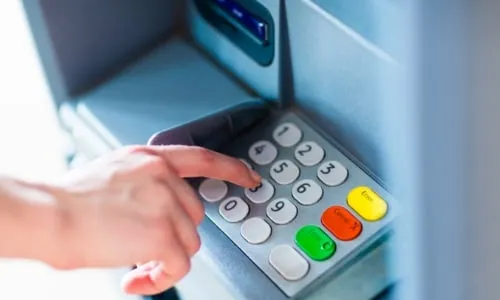
Practical Tips for Safe ATM Use
To protect against ATM fraud, users must adopt a proactive approach, focusing on physical and digital safeguards. Covering the keypad with your hand or body while entering the PIN is one of the simplest yet most effective measures to prevent shoulder surfing or camera recordings. Before inserting your card, inspect the card slot and keypad for any unusual attachments, such as loose or bulky components that could indicate a skimmer or overlay. Gently tug at the card reader to ensure it’s secure, as skimmers are often detachable.
Choosing the right ATM is equally important. Opt for machines in well-lit, secure locations, such as bank branches or busy public areas with CCTV surveillance. Avoid standalone ATMs in isolated spots, as they are more likely to be tampered with. Ensure the ATM screen is functional and displays no unusual prompts, which could indicate malware. Enabling SMS and email alerts for all transactions allows immediate detection of unauthorized activity. Most banks offer real-time notifications, which can help users report suspicious transactions within minutes, limiting potential losses.
PIN Management Best Practices
Your ATM PIN is the cornerstone of transaction security, and its management is critical. Never share your PIN with anyone, including friends, family, or bank officials, as legitimate banks never request PINs. Avoid using easily guessable PINs like ‘1234,’ ‘0000,’ or personal details such as birthdates or phone numbers. The RBI recommends changing your PIN every three to six months to minimize the risk of compromise. When creating a new PIN, use a random combination of numbers and avoid repeating digits or patterns.
If your card is lost, stolen, or retained by an ATM, report it to your bank immediately through their 24/7 helpline or mobile app. Most banks allow users to block cards instantly via net banking or SMS, preventing unauthorized use. For instance, State Bank of India users can send ‘BLOCK last four digits of card’ to 567676 to deactivate a card. Prompt reporting ensures the bank can freeze the account and issue a replacement card, typically within 7-10 working days. Keeping a record of your card number and bank’s helpline in a secure place (not on the card) can expedite this process.
What to Do in Case of ATM Fraud
If you suspect unauthorized transactions, act swiftly to minimize losses. Contact your bank’s helpline or visit a branch to report the issue, providing details like the ATM location, transaction time, and amount. Banks typically have a zero-liability policy for fraud reported within 24-48 hours, provided the user has not shared their PIN or OTP. File a police complaint for significant losses, as this strengthens your case for reimbursement. Under RBI guidelines, banks must resolve fraud complaints within 90 days, and most offer temporary credit while investigating.
To prevent future incidents, consider using contactless cards or UPI for transactions, as these reduce reliance on ATMs. Contactless cards use Near Field Communication (NFC) technology, requiring no PIN for small transactions (up to Rs 5,000 in India), reducing exposure to skimmers. Regularly monitor your bank statements and set transaction limits to detect anomalies early. Enrolling in two-factor authentication (2FA) for online banking adds an extra layer of security, ensuring that even if card details are compromised, transactions require additional verification.
Why Myths Like This Persist
The double-press ‘Cancel’ button myth is a classic example of misinformation spreading through social media and WhatsApp forwards. Its appeal lies in its simplicity and the public’s desire for quick, low-effort solutions to complex problems like ATM fraud. Similar myths, such as rebooting an ATM by entering the PIN backward to alert police, have also been debunked by the RBI and PIB. These misconceptions persist because they exploit genuine fears about financial security, especially as cybercrime becomes more sophisticated.
The RBI and banks have intensified efforts to educate users through campaigns like #SafeBanking and social media advisories. However, misinformation spreads faster than official clarifications, especially in rural areas where digital literacy is lower. To combat this, users should rely on verified sources like the RBI website, PIB fact-checks, or bank communications for guidance. Sharing unverified tips with others can perpetuate myths, so always cross-check information before acting on it.
The Importance of Financial Literacy
The persistence of the ‘Cancel’ button myth underscores the need for greater financial literacy in India. With over 100 crore debit and credit card transactions monthly, ATM usage remains a critical part of daily banking. Educating users about fraud risks and prevention techniques is essential to building a secure financial ecosystem. Banks and the RBI are investing in awareness campaigns, but individual responsibility is key. By staying informed, adopting secure practices, and avoiding unverified tips, users can protect their finances and contribute to reducing fraud incidents.
Comment / Reply From
No comments yet. Be the first to comment!
